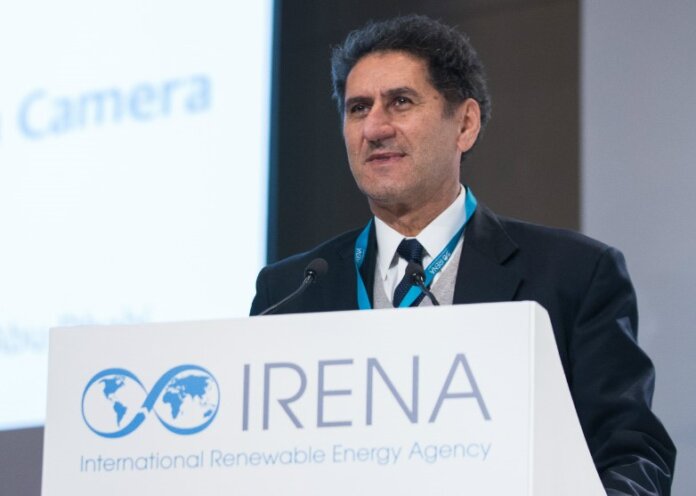[ad_1]
While short-term solutions to the current energy crisis are necessary, it is important that we remain focused on the long-term and mid-term goals of the energy transformation. The urgency of climate change, high fossil fuel prices and energy security concerns all make it imperative to move faster towards a clean energy system.
Launched by International Renewable Energy Agency (IRENA) at the Berlin Energy Transition Dialogue, the agency’s Outlook sets out priority areas and actions based on available technologies that must be realized by 2030 to achieve net zero emissions by mid-century. It also reviews progress across all energy uses, clearly showing the insufficient pace and scale for the renewables-based shift.
The outlook for investment needs is $5.7 trillion per annum until 2030, including the imperative to divert $0.7 trillion annually from fossil fuels in order to avoid stranded assets. Investing in the transition would have concrete socioeconomic and welfare advantages, creating 85 million new jobs in renewables and other transition-related technologies worldwide between now and 2030. These job gains will far surpass the 12 million losses in the fossil fuel industry. According to the Outlook, overall, more countries will see greater benefits from the energy transition path than they would under business as usual.
“The energy transition is far from being on track and anything short of radical action in the coming years will diminish, even eliminate chances to meet our climate goals,” says Francesco La Camera, director-general of IRENA. “Today, governments are facing multiple challenges of energy security, economic recovery, and the affordability of energy bills for households and businesses. The accelerated transition holds many answers. But it’s a political choice to put policies in place that comply with Paris Agreement and the Sustainable Development Agenda. Investing in new fossil fuel infrastructure will only lock-in uneconomic practices, perpetuate existing risks and increase the threats of climate change.”
Renewables would need to grow massively across all industries, from 14% of total electricity today to around 40% by 2030. According to the Intergovernmental Panel on Climate Change (IPCC), global annual additions of renewable energy would triple by 2030. In parallel, coal power must be replaced, fossil fuel assets phased-out, and infrastructure upgraded.
“It is high time to act,” La Camera adds. “Recent developments have clearly demonstrated that high fossil fuel prices can result in energy poverty and loss of industrial competitiveness. Eighty percent of the world’s population lives in countries that are net importers of fossil fuels. By contrast, renewables are available in all countries, offering a way out of import dependency and allowing countries to decouple economies from the costs of fossil fuels while driving economic growth and new jobs.”
The outlook for the energy transition sees efficiency and electrification as key drivers. This is enabled by renewables and hydrogen, and sustainable biomass. End-use carbonization will be at the forefront of the energy transition, with many options available through electrification green hydrogen and direct use renewables. Notably, electromobility is seen to be a driver of energy transition progress. This will allow for a 20-fold increase in global sales of electric vehicles (EV).
To achieve the required deployment levels by 2030, however, a comprehensive array of cross-cutting structural policies must be developed that covers all technological avenues and just transition goals. Increasing ambition in the National Determined Contributions (NDC) and national energy plans under the Glasgow Climate Pact must provide certainty and guide investment strategies in line with 1.5°C.
Particularly the world’s largest energy consumers and carbon emitters from the G20 and G7 must show leadership and implement ambitious plans and investments domestically and abroad. They would be required to support the global supply for 65% renewables in power generation, by 2030. Climate finance, knowledge transfer and aid would need to increase in order to create an inclusive and equal world.
Finally, to enable a rapid transition in accordance with climate and developmental goals requires political support at the highest level of international collaboration. The outlook emphasizes that sustainable development goals must be met and all citizens have access to modern energy by 2030. A holistic global policy framework can unite countries to allow international financial, capacity and technology flow.
Read IRENA’s World Energy Transitions Outlook 2022 Here.




